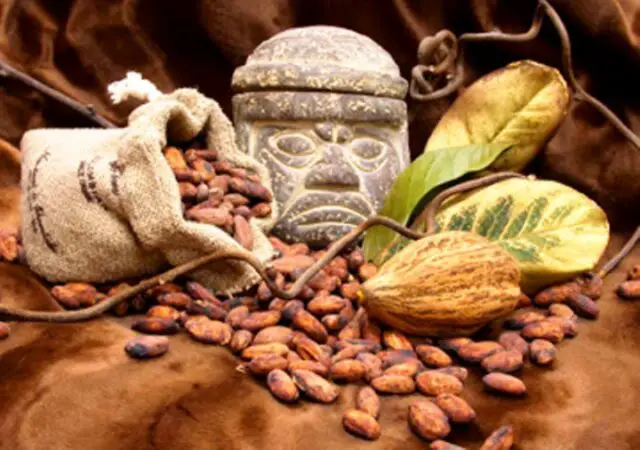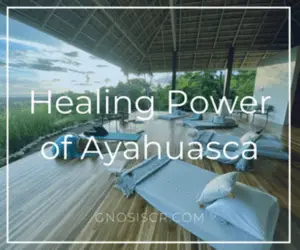Considered by the indigenous peoples of America as a gift from the gods, the millennial cocoa seeks to resurface in Costa Rica with fine and organic products, but also through tourism and educational initiatives aimed at rescuing the legacy of this fruit.
Cacao is originally from South America and little by little it expanded northwards until it reached Central America and Mexico, where indigenous cultures consider it a gift from the gods, from whose seed a thick drink that contained corn, vanilla and even spices emerged.
There are traces that cocoa has already been consumed in the indigenous cultures of Mexico and Central America for about 3,800 years, the expert cocoa biologist Carlos Chavarría explained.
Chavarría directs in La Fortuna de San Carlos, in the north of Costa Rica, the Rainforest Chocolate Tour, a tourist attraction in which visitors can get to know the cacao trees and the fruit in their different stages, and later witness the process through which the seed is removed, dried and ground, to finally add hot water.
What the natives called “drink of the Gods” is a thick chocolate that preserves the rich antioxidant properties of cocoa that benefit the heart and the regulation of blood pressure, among others.
Cocoa is also considered an environmentally friendly crop, which fixes carbon, maintains river basins, protects water sources and mitigates climate change in vulnerable areas.
Chavarría explained that commercial chocolates sold anywhere contain low amounts of cocoa and a lot of sugar, which is why he highlighted the work that is being developed in small communities in Costa Rica to produce fine chocolates with a high amount of cocoa.
Cocoa production in rural communities
In 2019, the International Cocoa Organization recognized the quality of Costa Rican cocoa, as an exporting country of 100% fine or aroma cocoa, produced in rural communities, indigenous, from the north, mostly Caribbean and the south of Costa Rica, located between 0 and 500 meters above sea level, which is the ideal habitat for cocoa.

The area planted in Costa Rica is approximately 4,000 hectares and production is in the hands of 3,041 small indigenous producers who use agricultural practices that are shared from generation to generation.
Costa Rica has a 2018-2028 National Cocoa Plan underway, a strategy that seeks to consolidate the cocoa agro-chain for 10 years.This plan includes a financing program for the Development Banking System that aims to double the cultivated area of cocoa in Costa Rica.
The state Banking for Development System (SBD) of Costa Rica and the Inter-American Institute for Cooperation on Agriculture (IICA) are also executing a project to collect detailed information on cocoa farms through the use of drones, as input to design plans that allow producers to be more profitable and improve their quality of life.
Cocoa as currency
The Rainforest Chocolate Tour, in addition to tourists, is visited by elementary and high school students who are taught about the history of cocoa that is closely linked to the development of Costa Rica in colonial times. Chavarría reported that the cacao bean was one of the first coins in colonial times and that it was used for about 80 years both officially and unofficially.
With global development, cocoa production also reached African countries, which are currently the main suppliers to the industry. The chocolate tour is one of the attractions of the north of Costa Rica, a country that is gradually allowing the arrival of international tourists after six months of the COVID-19 pandemic.
Costa Rica’s tourism sector has been one of the hardest hit by the pandemic due to the fact that foreign visitation has been at zero, although domestic tourism has given some respite.Costa Rica, a country of five million inhabitants, received some 3 million foreign tourists before the pandemic, making this activity one of its main economic engines.

